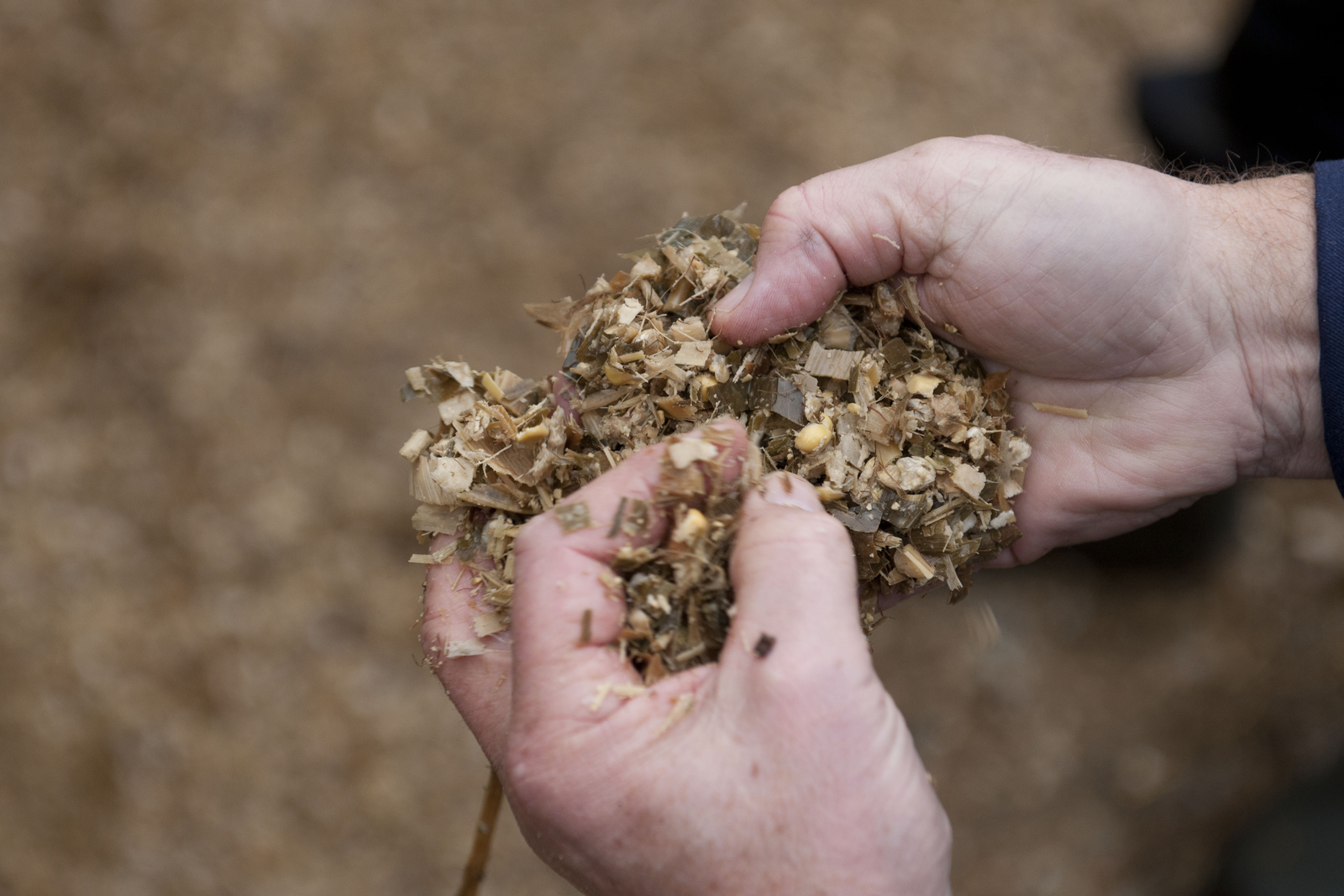Alltech: More type A Trichothecenes mycotoxins

If dairy producers thought their corn silage quality was top notch when they packed it away after the 2015 harvest, they may want to check again. Type A Trichothecene mycotoxins are on the rise.
This is according to data from the Alltech 37+ mycotoxin analysis, which tested 239 total corn silage samples from 1 Sept 2015 to 8 March 2016. According to Dr Max Hawkins, Alltech Mycotoxin Management team nutritionist, Type A Trichothecenes, predominantly known as the T-2 group, have shown an increase in levels present from 33.18 parts per billion (ppb) in September to 86.38 ppb in February. Type A Trichothecenes have been present in 46% of all samples of corn silage that have been submitted to the 37+ program.
Formation of type A Trichothecenes
Type A Trichothecenes are formed from Fusarium molds. Fusariums require moisture levels at or above 70% humidity as well as oxygen and a temperature range that can include cool days and nights to cool nights and hot days. Corn plants stressed from insect damage or birds, plant disease, wind and hail are always a concern for mold proliferation. Corn silages that are drier, poorly packed and allow greater oxygen penetration are also at a greater risk. The ingestion of Type A Trichothecenes can impact dry matter intake, weight gain, milk production, transition issues, haemorrhages, oestrus, conception rates, embryo survival and mortality.
Preventive measures against mycotoxins
Hawkins suggests testing grains and feed for moisture, mold count, yeast count and mycotoxins. Ensure corn silage is properly stored and implement good face management practices and feeding conditions. When all possible preventative measures have been taken, the use of a mycotoxin mitigating substance (or a sequestering agent) in the feed can help reduce or prevent the negative effects mycotoxins have on the animal and additionally improve rumen function, gut health and integrity. The most effective agents are those that can help combat the risk of multiple mycotoxin contamination.











